As England spreads out south of the Pennines,your route becomes a matter of choice. Hayden plunged southwards through England, following roads and paths, past cottages and farms, through villages and towns, feeling at home in the civilized England celebrated by poets, a cultivated land familiar to humans and comfortable with and for them. Hayden loved his experience, and he and Wendy, his partner, stopped off at quiet guest houses and English inns, some of venerable age. By this time they had abandoned camping in favour of guest houses and inns, as their need for comfort grew exponentially.
Eventually they met the Cotswold Way, which winds its beautiful path along the crest of this range of hills, unique for its narrow valleys filled with charming villages, all in the warm, rich brown of the native oolitic limestone of which the range is composed. The walk rises and falls in steep ascents and descents, through the sudden surprises of combes [valleys] that come upon you after a steep walk up a hill through fields of sheep,oilseed rape and winter barley that compose much of he agriculture here.
As with all of southern England,it is a land familiar to humans. There are many mansions of the rich and famous here, and the present prime minister, David Cameron, has his opulent residence in the region. [I don't know how long he will survive as prime minister, hopefully not long, but that's my view! ] The route finishes at Bath, an ancient spa town since Roman times whose Roman baths were rediscovered about thirty years ago and now are available at a price for those who want to sample the benisons of Sul Minerva, the goddess linked to the spring.
Yet the Scottish walking writer, Hamish Brown, chose different route, as he eschewed roads for paths and chose as far as possible wild places,so he opted for a path that took him through the mountains of Wales. To do this he diverted just south of the Pennines, long before the Cotswolds and began to walk down the spine of Wales. Hamish admitted something that he knew was difficult for his fellow Scots to stomach, that the best walking country in Britain is found in Wales. His route took him along the Welsh hills, through the lonely heart of Elenydd, sometimes known as the Green Desert of Wales, as it is a sparsely populated land of reservoirs, sheep farms, moorlands and forests, before he came to the Severn Bridge that took him back to England and the last stage of his journey.


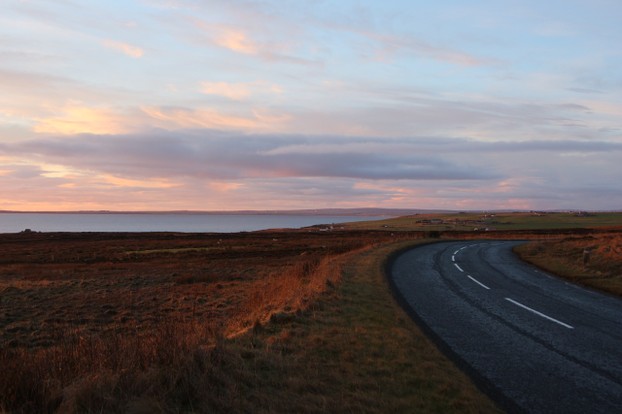


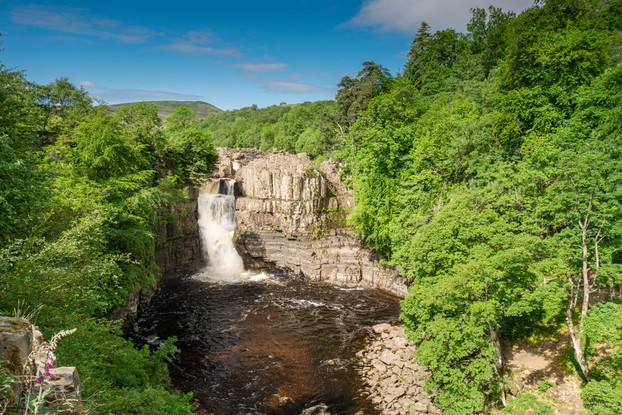

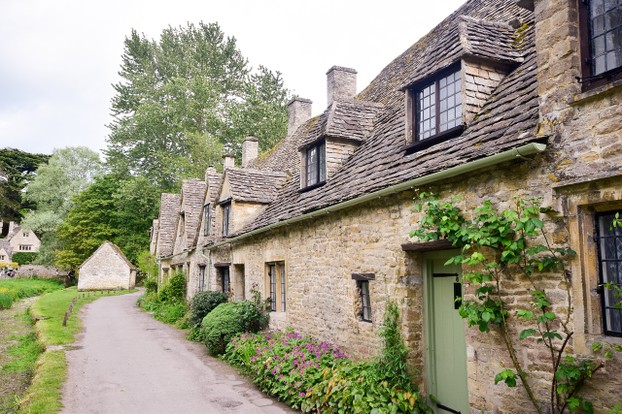


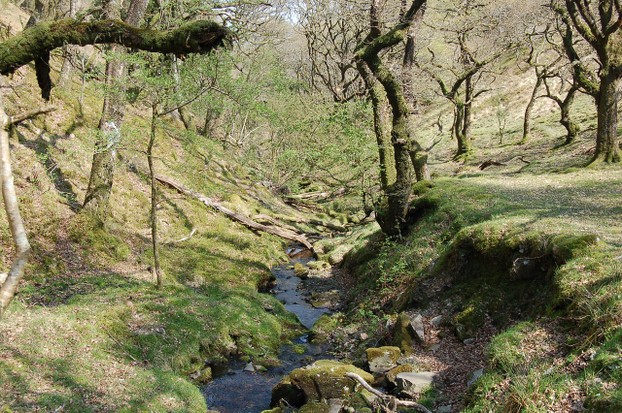


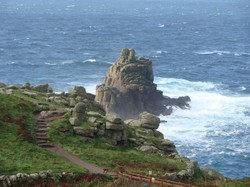

 TheThousand Year Gardenon 11/26/2025
TheThousand Year Gardenon 11/26/2025
 Women of the Gospelson 10/11/2025
Women of the Gospelson 10/11/2025
 Religious Gardenson 08/25/2025
Religious Gardenson 08/25/2025
 Doctor of the Church: John Henry Newmanon 08/03/2025
Doctor of the Church: John Henry Newmanon 08/03/2025



Comments
I cannot think of a better placebtonstop on that bleak moor.
Thank you for your comment below in answer to my previous observation and question.
Perhaps that first walker in 1879 also set the custom then of stopping at Tan Hill inn?!
Yes It dates from the eighteenth century.
Thank you for your comment below in answer to my previous-day observation and question.
The first paragraph in the first subheading, The beginning, considers that "Most others who have tried the walk, which was first done in 1879, have availed themselves of the many places of refreshment en route, which include the Tan Hill inn in Swaledale,Northern England, which has the status as England's highest public house [bar] and is set on the bleak Pennine moorlands. Apparently,no hiker has been known to pass this place without stopping."
Was the Tan Hill inn in existence at the time of that first walk in 1879?
I don't know who was first.
Thank you for your comment below in answer to my previous, same-day observation and question.
The first paragraph in the first subheading, The beginning, advises us that "Most others who have tried the walk, which was first done in 1879."
Do we know who did that first walk?
I enjoy the Cornish coastal path most of all those areas that I have walked. I would like to walk the Northern Highlands of Scotland, which I have never visited, they are such a long distance away.
I think that because Scotland is so grand a place with many of the most challenging walks in Britain,many think it the best walking country, but Hamish Brown thought that Wales had more greenery, more woodlands than his native Scotland. In any comparison of Scotland and Wales England is not an issue, for the Welsh and Scots are not English.
frankbeswick, Thank you for the hike! What is the stretch that you most appreciate and what stretch do you most -- of what you haven't done -- do you wish to do if your garden and right leg cooperate?
Also, why is it that Scots would not like hearing Hamish's description of Wales as having the best walking spaces? Does part of it have to do with sympathy for Macbeth as a Scots-defending descendant of Kenneth MacAlpine versus successor Malcolm's English way? Perhaps Fleance, if he really existed, took the high roads of the Pennine Way and got to Wales, from his father Banquo's death-place, before any pursuers along low coastal roads.
Isn't it interesting what areas inspire repeated walks? Organic Life magazine has a one-page article on the first woman known to have hiked the Appalachian Trail -- a 67-year-old from Ohio in 1955!
One problem that John Merrill had when he walked the whole coast of Britain is that the stress on his bones caused him to suffer a stress fracture in his foot that led to his taking a month to recuperate. So long distance walkers have to think about having footwear suitable for the distance that they are traveling.
It was once an ambition of mine to do this walk but even in retirement I am very busy. and cannot spare the time, and let's face it, my right leg is not as good as it was. I have walked in several of the areas on the trail, but I have yet to visit the far north of Scotland.